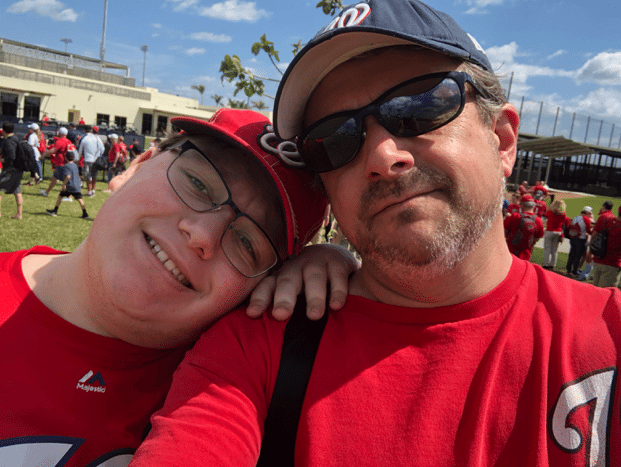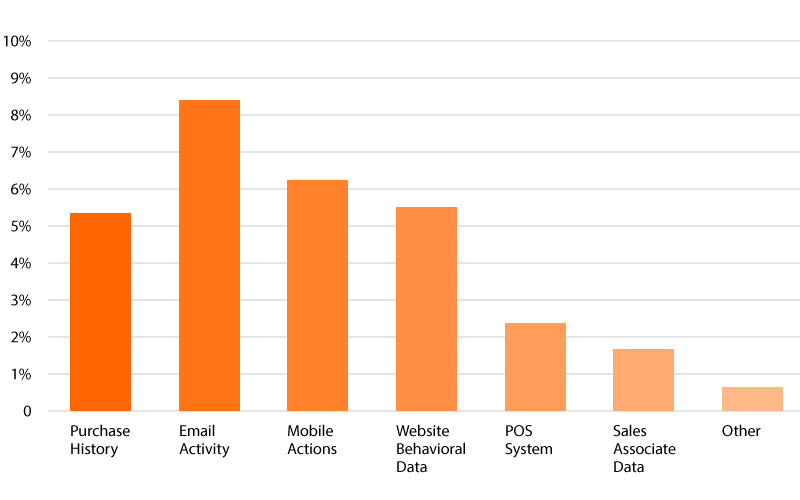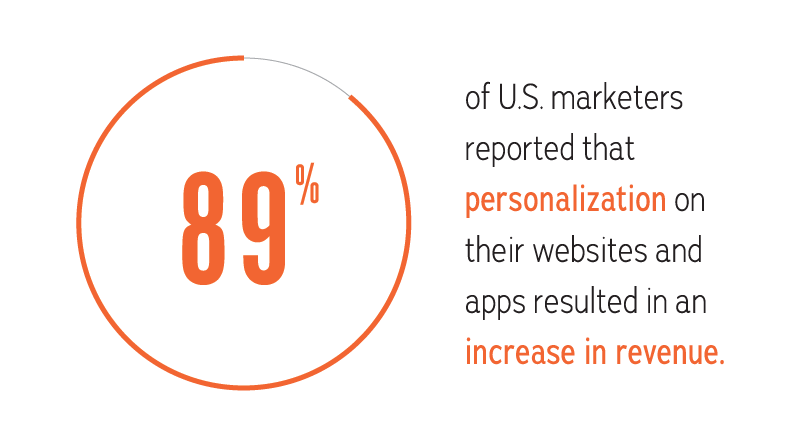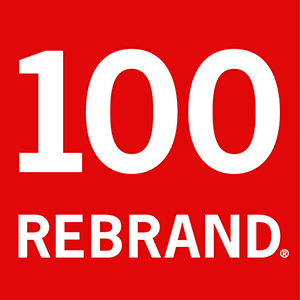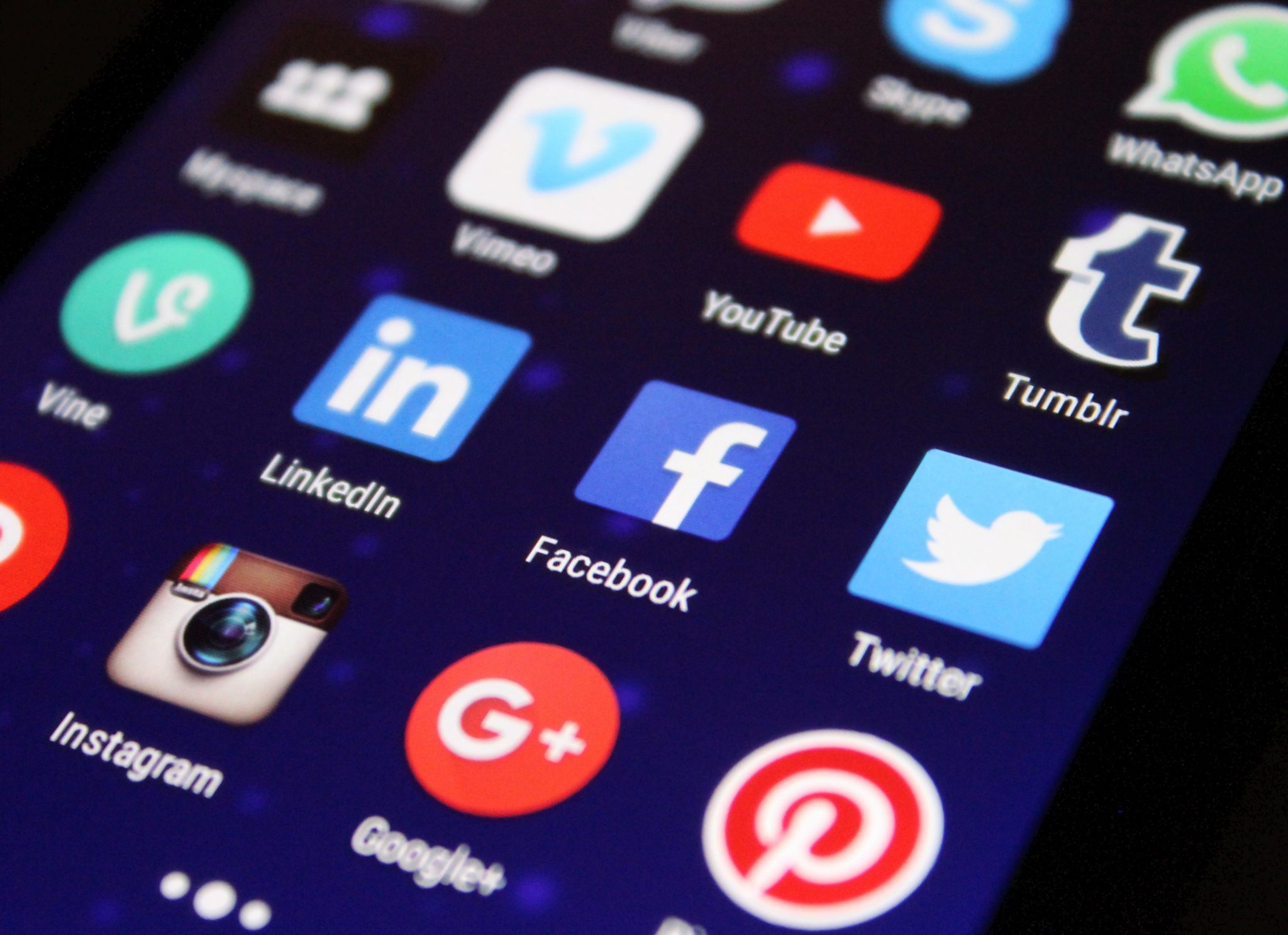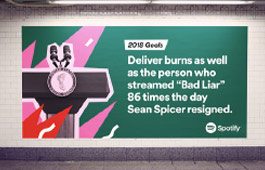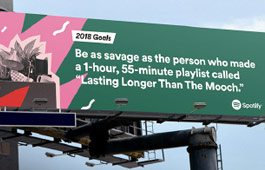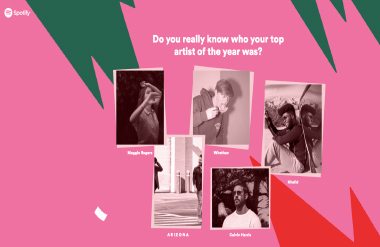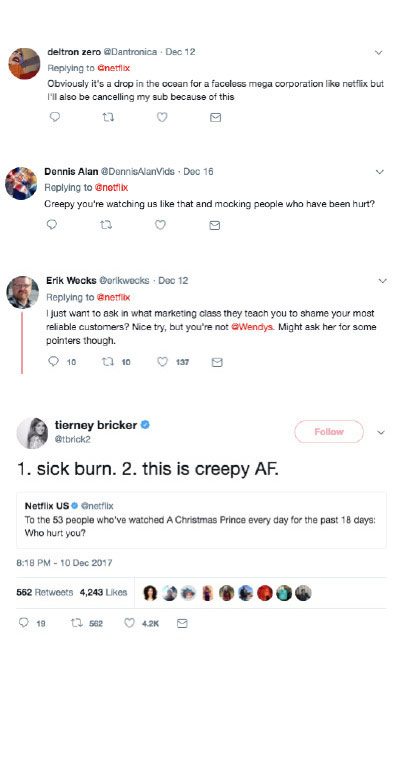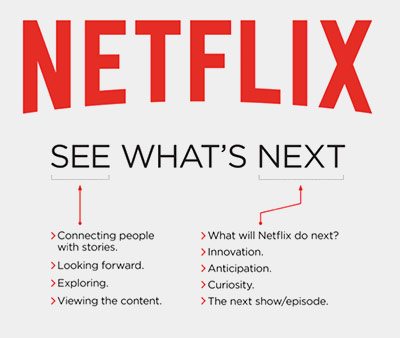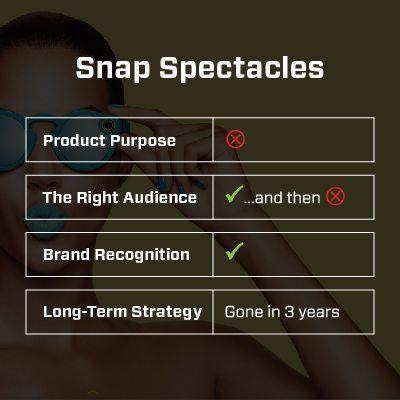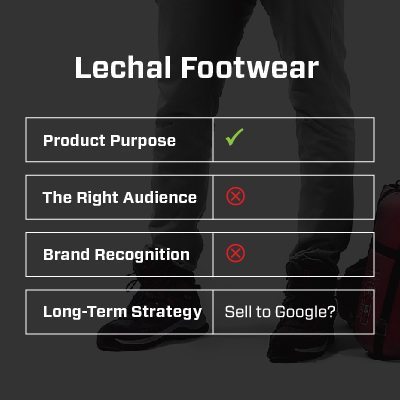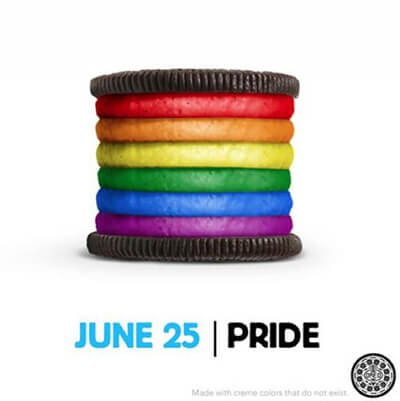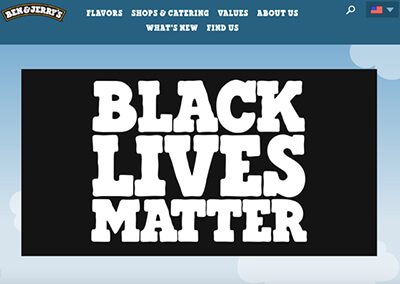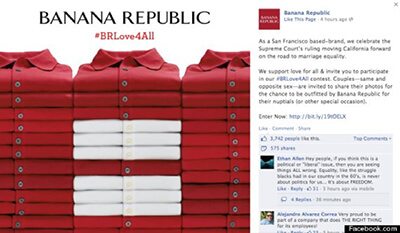Regardless of what industry you’re competing in, digital transformation (DX) will be driven by the increasing global adoption of conversational UIs and mobile, digital and connected devices. Forrester predicts that “digital transformation will dominate business strategy in 2018.” According to research firm International Data Corporation, worldwide spending on DX technologies exceeded $1.2 trillion over the past year, and they’re forecasting a compound annual growth rate (CAGR) of 17.9 percent in 2018. This enormous spend on DX is driven by several factors, including global smartphone adoption, use of conversational UIs, growth in consumer (and enterprise) use of connected devices, and the democratization of artificial intelligence and machine learning technologies.
As mentioned, the growth of mobile smartphone adoption and usage will be a driver behind many DX initiatives in the coming year. A recent Comscore report states that more than 50 percent of searches are on mobile and 90 percent of mobile media time is spent in applications—not to mention the ‘mobile only’ share of the total digital audience in the United States grew from 10 percent to 12 percent between May 2016 and 2017. While two percent sounds small, its a staggering number of users—and this trend will only increase. According to Facebook, 91 percent of Facebook usage and 80 percent of their advertising revenue is on mobile. Research firm eMarketer forecasts mobile ad spend to reach 74.4 percent of total digital ad spend in 2018. These changes in consumer behaviors, advertising formats, and mobile media will drive the need for innovation in 2018.
As consumer expectations and behaviors evolve around how brands connect via digital devices—in particular the internet of things (IoT), mobile, and social channels—brands need to keep pace. Major brands fighting for market share are making big bets on innovation around these key categories—and will certainly increase their investments in the year to come. This trend will separate market leaders from laggards in an increasingly ‘always on’ digital economy where the demand for high levels of personalization and instant gratification are key to customer loyalty and maintaining share of wallet. Let’s look at a few of the opportunities for DX transformation that will likely dominate C-suite and boardroom agendas in 2018.
Engaging Consumers in an Always-On Economy
Consumers are more digitally savvy and engaged than ever before. Research from eMarketer and Statista’s Digital Market Outlook reveal 227 million smartphone and 172 million tablet users in the United States today. On average, Americans spend north of 200 minutes per day accessing the internet on a smartphone, and today 81 percent use a smartphone or tablet device while watching television or streaming digital video. Recent studies on advertising saturation and digital device usage indicate the average consumer receives between 4,000 and 10,000 brand messages per day, depending on their volume of media consumption, and that they switch between screens up to 21 times per hour. Clearly, consumer attention is divided across different screens and multitasking—making the fight for consumer attention tougher than ever for brands today.
Given that in the digital age brands are ‘always on,’ marketers need to leverage marketing technology to engage digital-savvy consumers—specifically marketing clouds. These enable the creation of strong brand relationships with consumers through personalization and the delivery of the best possible customer experiences. Identifying, selecting, and implementing the right marketing cloud is a complex undertaking—and there are more choices today than ever before. Consider this, each year since 2011, Scott Brinker of ChiefMarTec has published a graphic illustrating the Marketing Technology Landscape. In 2011, the graphic had 150 companies spanning a few segments; by 2017, there were nearly 5,000 companies listed. While there are only a few dozen true ‘marketing clouds,’ most brands have a robust portfolio of marketing technology solutions—and integration is essential for success.
While chief marketing officers today face a number of challenges, engaging consumers in an always-on, hyper competitive economy is perhaps the most challenging.
In fact, Forrester’s “Predictions 2018: The CMO Bar Rises with More Pressure For Growth—Customer Obsession Disrupts Any Remaining CMO Complacency,” paints a do-or-die picture for CMOs lagging behind when it comes to the application of martech to drive better consumer experiences. The report states that “2018 will force many companies to take decisive action; while the economy is still growing and employment is healthy, the fate of companies has never been more uncertain.”
Additionally, the Forrester report claimed “a full 30 percent of companies will fail to meet rising user expectations for customer experience, and another 20 percent will not properly adapt to the changing digital market. As a result, those firms will be acquired, or begin to perish.” If you’re sitting in the C-suite or Boardroom at any company that is falling behind, the implementation of the right martech stack should be top of mind.
Leveraging Bots and Chatbot’s as Force Multipliers for Brand Engagement
There is no denying that the use of conversational UIs will increase exponentially in the years to come. Chatbots, human-assisted support technologies, voice controlled search assistants and connected devices for the home and office, will be the new norm.
TechCrunch recently stated that “chatbots have suddenly become the biggest thing in tech. They unlock the ability to provide personalized, interactive communication akin to talking to a human customer service or sales rep, but at scale for much cheaper than call centers.”
With chatbot development platforms offered by major players such as Google, Microsoft, and Facebook, companies like Lyft, 1-800-Flowers, Fandango, and Whole Foods are implementing them too.
The 2018 forecast for chatbot development to support sales and customer service is significant. A recent report from Gartner projects that, by 2021, more than 50 percent of enterprises will be spending more per annum on bots and chat bot creations than traditional mobile app developments. Although human-assisted live chat has been table stakes for years, the use of software and human-assisted support chat is forecasted to increase in 2018 due to recent advancements such as segmentation and automation rules that trigger messages on site, in-app, or through email via platforms such as Intercom, Helpcrunch and Drift. Companies like Ancestry.com, Expensify, and Trunk Club are already leveraging advanced software and human-assisted support chat solutions in sales and service.
These platforms not only support sales and service, but can also support sales and audience engagement making them ideal additions for both B2C and B2B mobile applications. As the cost of implementing feature-rich software and human-assisted support chat applications continues to dramatically decrease, expect an uptick in their use as DX in the enterprise accelerates. As Google, Amazon, Microsoft, and Apple continue to find new ways to integrate the technology into a vast array of consumer experiences—including applications for the Internet of things—you’ll see companies building both B2C and B2B applications that leverage voice controlled search assistance.
With robust developer programs, open access to APIs, and unlimited opportunities to leverage voice control for interacting with applications and connected devices, companies will be exploring how to leverage these to create connected customer experiences—the possibilities are limitless. According to eMarketer, 45 million voice-assisted devices are now in use in the U.S., and that number will rise to 67 million by 2019. Given the relatively low cost of IoT application development using kits from Google, Intel, Microsoft, and other players, it’s anticipated that many organizations will commence R&D projects in 2018.
While the technology that powers these engaging brand experiences is rapidly evolving, simplifying application development and driving down the cost of research and development—the complexity of delivering brand-relevant, differentiated, and valuable experiences will remain a challenge for C-suite executives and Board members for years to come.
Transform or Face Irrelevance
There are several areas of opportunity for brands to transform the way they do business using technology today—create products, deliver services, engage audiences, and deliver experiences. It’s not just about specific technologies like marketing clouds, or chatbots, or any other application—in 2018 C-suite executives and Boards need to focus on how to create and deliver uniquely differentiated and valuable customer experiences at every interaction and touchpoint. Getting DX right isn’t a factor of how much you spend or how quickly you spend it, but rather ensuring that the initiatives will deliver the right value to all of the key stakeholders—whether that means increasing competitiveness, reducing operating costs, driving higher levels of customer satisfaction, increasing the customer lifetime value, or creating new streams of revenue.
Fact is, there are too many emerging and disruptive new technologies today to cover all of them in a single post—the few areas of opportunity that I’ve highlighted here are simply those I feel will not only engender significant investment, but also have the ability to be game-changers for those brands that take advantage of them. Take a close look at the trends in your industry, take advantage of smart third-party research, conduct your own research, and engage your customers, partners, and employees to find the biggest areas of opportunity for DX within your organization—then make the big bets that will allow you to leapfrog competitors and achieve your strategic goals and objectives. For brands that sit on the sidelines in 2018 and don’t make big bets: good luck remaining relevant.
